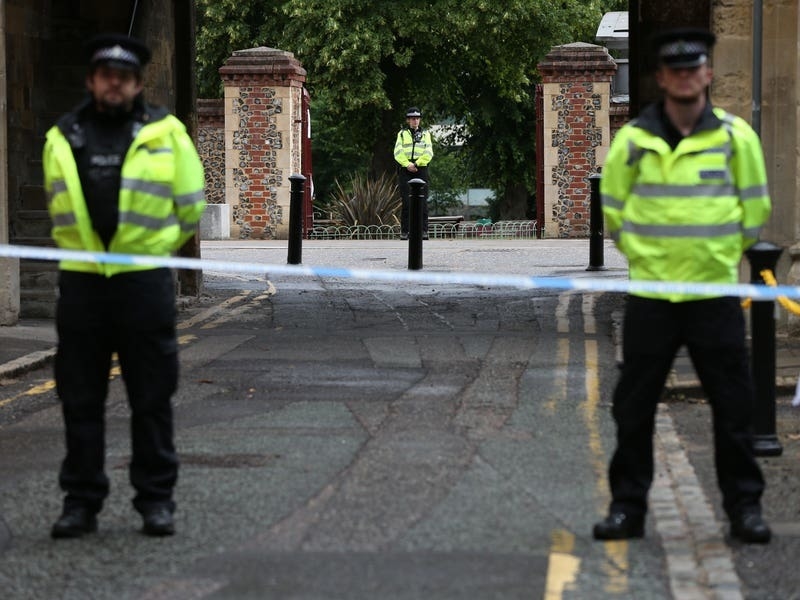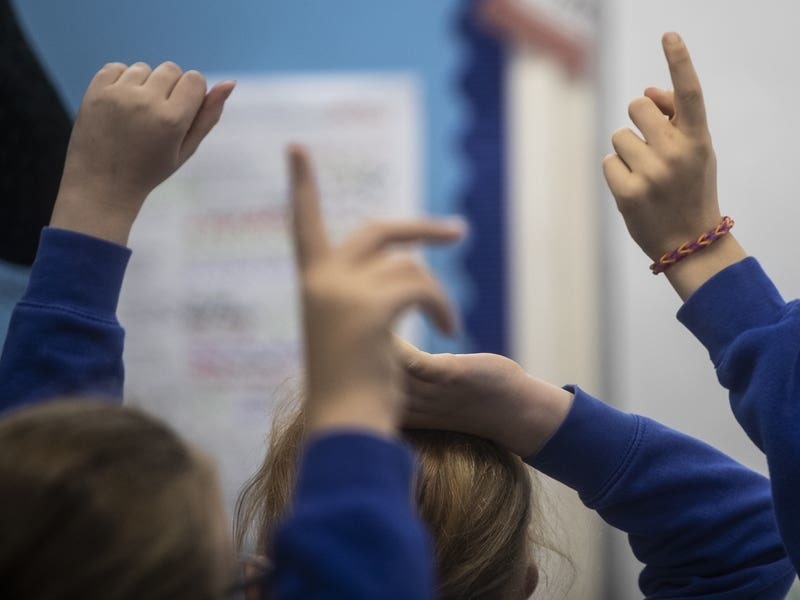David Le Cornu, head of Discretionary Investment at Ravenscroft in Jersey, looks at how 2022 may pan out for investors
APOLOGIES to William Shakespeare for butchering his prose but, if he were an investment analyst in 2022, I am sure he would ask the question when pondering the prospects of investment markets over the year ahead.
The extent to which global economies synchronise in 2022 will have a significant bearing on the level of investment returns over the year ahead.
The world economy made significant progress in 2021, but it danced a Sinulog to Covid. The rhythmic dance goes two steps forward, then one step back and resonates with what has been happening in the world around us. As Covid-related restrictions lift, the world takes two strides towards normality but then the next mutation arrives and we take one lurch back from normality.
To add to the challenge, each country has dealt with Covid in its own way so, while they are all dancing the same dance, countries are not dancing in time with each other. Some countries, such as China, continue to adopt a zero-tolerance approach, locking down as soon as Covid appears, whereas other countries, such as England, are more prepared to flirt with the risk of rising Covid infection rates. As Covid vaccination levels rise, governments gain confidence and begin to focus on financial issues rather than health issues.
In this era of globalisation, with highly connected economies and efficiency-driven, just-in-time processes, this has caused a number of problems, including the disruption of global supply chains.
The example that will have touched most people’s lives will be the disruption to the manufacture and supply of semiconductor chips during 2020 and 2021. It is estimated that this has impacted 169 industries, including manufacturers of aircraft, cars, gaming consoles, personal computers, telephones and white goods. Car manufacturers are citing longer-than-usual delivery times and, consequently, in America the price of second-hand cars has soared.
Inflation has risen markedly in 2021 and there is much debate about whether this is transitory in nature or the beginning of a period of structurally higher rates of inflation. The Bank of England is opining that inflation could easily exceed 5% per annum in 2022. This is a cause for concern as many central banks consider the optimal rate of inflation to be 2% per annum. If they think inflation will be higher for a lengthy period, they will take steps to slow economic activity and curb inflation. Typically, they will begin by raising interest rates and withdrawing money from the financial system. If this isn’t effective, they deliver more of the same or take additional actions.
Unfortunately, central bankers do not have a very good track record of slowing economic growth to moderate inflation. They have, on occasions, applied the economic brake too sharply, causing recession.
I tend to be a glass-half-full kind of a guy and, while global economies may not synchronise fully in 2022 and inflation may not fall to 2% per annum, I expect enough progress to be made to enable investors to make sensible returns over the course of the year, although there are likely to be nervous moments where volatility in investment markets picks up.
Ian Drury and the Blockheads included ‘Some of Buddy Holly, The Working Folly, Good Golly Miss Molly and Boats’ as reasons to be cheerful (Part 3). I am equally cheerful about the year ahead, but for different reasons. Mine include scientific advances, rising vaccination rates, patient-central bankers and interest rates’.
Scientists continue to evolve their understanding of Covid and its mutations. They are researching new vaccines, developing more effective methods of delivering vaccines and learning how to better treat patients with Covid. Vaccination rates across the world are rising and countries have realised that for a global vaccination programme to work, the countries of the world which do not have the ability or money to vaccinate their populace must be helped. China is leading the way, committing to deliver one billion vaccinations to Africa. Scientists have also reported that each time Covid has mutated, it has become more infectious but less deadly. In time, it may mutate to a point where it is no more of a threat than the common cold.
Knowledge of how inflation statistics are compiled and an understanding of the difference between cost-push and demand-pull inflation lead me to think that central bankers will be more patient than many expect, as inflation will naturally begin to abate as we move through 2022. I expect interest-rate rises to be modest, with a peak in the next GBP interest-rate cycle probably being circa 1%.
I expect the world to take big steps towards normality during 2022. Global economies will be approaching sync, supply-chain disruptions will be dissipating and inflation will be moderating. I am not convinced yet that we will return to the deflationary environment we knew pre-Covid. I think there is a distinct chance that we will have to live with a higher structural rate of inflation than we have been used to for some time but, if it’s in the region of 3.5% per annum, that is probably something the world can learn to live with.
So, to the bard of Avon, my answer to your question would be yes, in 2022 I expect the global economy will sync and investors will be able to make reasonable returns.
FINANCIAL PROMOTION: The value of investments and the income derived from them may go down as well as up and you may not receive back all the money which you invested. Any information relating to past performance of an investment service is not a guide to future performance.






